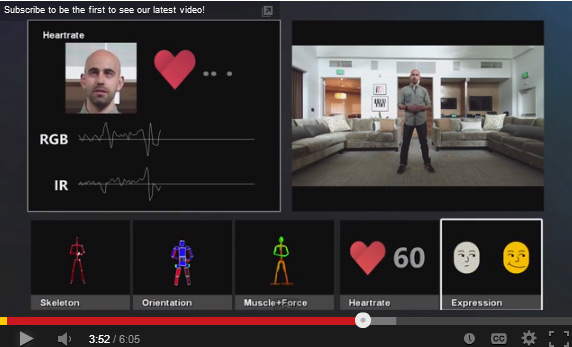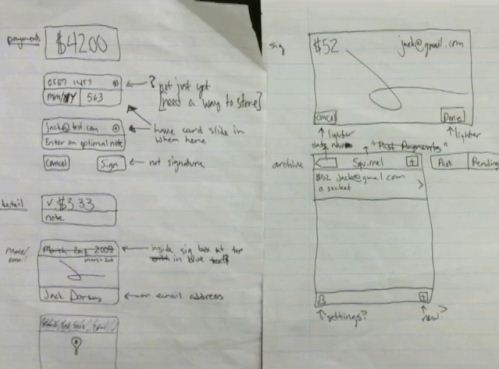Finally, Twitter Ready to Release Analytics Tool For Tracking Your Tweets Performance
Companies, brands, and social media marketing pros, have been in the dark for a long time about how their tweets are performing in the social sphere. Now, Twitter has started letting its entire user base get a glimpse of their account analytics.
First noted a week ago, and reported on this morning by The Next Web, the analytics provide a partial view into some of the activity related to users’ accounts. In the past, Twitter has provided analytics just to its advertising clients.

Average users seem to be able to see information about their total number of followers, as well as a graph showing the growth of that number since signup, and other tidbits such as the top 10 Twitter users that an account’s followers also follow. It also shows where most followers are located geographically, and the top interests of an account’s followers. To access the tool, go into your Twitter settings and click “Analytics.”

The program also offers a range of other tools, including a deep look into users’ Timelines. That feature was originally available to users, and later disappeared. But as of this writing, that feature appears to have reappeared.
If the analytics program offers data on users’ timelines, it could be quite valuable to a lot of people, since that feature displays a range of information, such as how many favorites, retweets, and @-replies specific tweets got.
Twitter said in a statement, “We’ve been experimenting giving the analytics feature to a small groups of users outside our advertising clients. We’ve been happy with the response thus far, and will determine next steps after the conclusion of these tests.”
It remains to be seen what Twitter plans on doing with the analytics program, and how much data it will allow average users to see on an ongoing bassis.
For its ad clients, though, full analytics are a key element in determining what kind of Twitter activity pays off. If an advertiser can note that one type of tweet got a heavy response, while another was largely ignored, it can focus more of its attention on the former. The same would certainly be true of average Twitter users looking to gain more followers, or more notice for content they post. But absent access to data about Timelines, the typical user can really only glean data that they probably could have guessed at anyway, such as who else their followers follow, and where those followers are based.
Twitter, of course, is bending over backwards to please its advertising partners, and just about every significant decision it has made in the last year or two has been geared toward bolstering those relationships, since that’s likely the source of the lion’s share of the company’s revenue. Most observers agree that Twitter is hoping to go public at some point, and its ability to bring in significant revenue is a far more important factor in Wall Street’s potential acceptance of a Twitter IPO than the company’s ability to build its user base, which currently stands at more than 200 million.















































